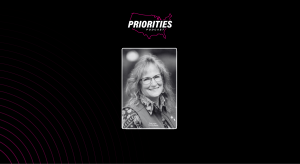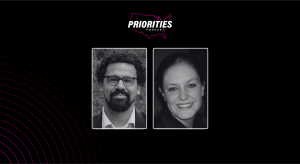States are building citizen services portals, but some struggle with the basics

Survey results published Wednesday by the National Association of State Technology Directors show that citizen services portals are a growing emphasis for state IT divisions. Twenty-nine percent of states reported operating such a portal and 39% said they’re building one.
But while a growing number of states operate portals that collect all of their digital services in one convenient location, many still fall short on privacy measures, organizing services in a way that makes sense to users and finding adequate funding.
The survey, which collected responses from technology officials in 41 states, shows that budget constraints for such projects were far and away the key challenge. Ninety-three percent named funding as their top challenge, but comments gathered from officials show that creating citizen services portals is considered a priority in many states.
(The states that did not respond to the survey are California, Colorado, Hawaii, Louisiana, Maryland, Michigan, New York, Oklahoma and South Carolina. Washington, D.C., also didn’t participate.)
“It is a core guiding principle for our IT organization to become more outcome and user-focused and to serve the best interest of our constituents with our ongoing IT initiatives,” one unnamed official is quoted as saying in the report.
Some states are user-focused, but many still struggle with the concept. The survey shows that 73% of states organize the services in their portals based on the agency that offers them, compared to 27% that organize services by type, which is generally considered a more intuitive way for users to find what they’re looking for.
Some states are using the data from their portals to inform policy, but those efforts are still nascent. Just 15% have “fully integrated” citizen portals into decision-making, while 49% are partially integrated and 36% have not integrated their portals into policy improvement initiatives.
Twenty percent of states have integrated artificial intelligence tools in their services, the survey found, while 41% are currently adding AI and 39% have not added AI. Chatbots are the most common way to do this — 95% named chatbots as their AI use, followed by 50% of states that named contact center tools and 41% that named fraud detection tools.
States are building new services portals and attempting to improve them. The top priorities named by states for these projects were enhancing the accessibility and usability of services and expanding self-service options for common tasks.
Some states are also striving for better privacy measures, but many aren’t making it a priority. Fifty-six percent of states named privacy as a core focus and said they’re embedding protections in their constituent processes. Twenty-seven percent said they’re addressing data privacy through compliance with external regulations. Only 7% said they’re considering privacy when collecting data.
Citizen services portals have for years been on the wish lists of most technology officials, but creating them requires navigating a complex web of outdated systems, incompatible platforms, data silos and identity-management challenges. As states modernize their systems, though, many are managing to link services together and provide customer experiences emulating what’s offered by the private sector. State technology officials often cite the success of companies like Amazon and Domino’s Pizza in creating frictionless online experiences that people enjoy.
States are also looking to new platforms. Alaska Chief Information Chief Officer Bill Smith recently told StateScoop that for the last seven months he’s been working on an AI-powered mobile app for citizen services, which his office soon plans to launch. It’s designed, he said, to “demystify” the process of using government services.
“We really learned that the mobile app pathway has a lot more opportunity for making interaction with the government easier than maybe we even anticipated,” Smith said.






